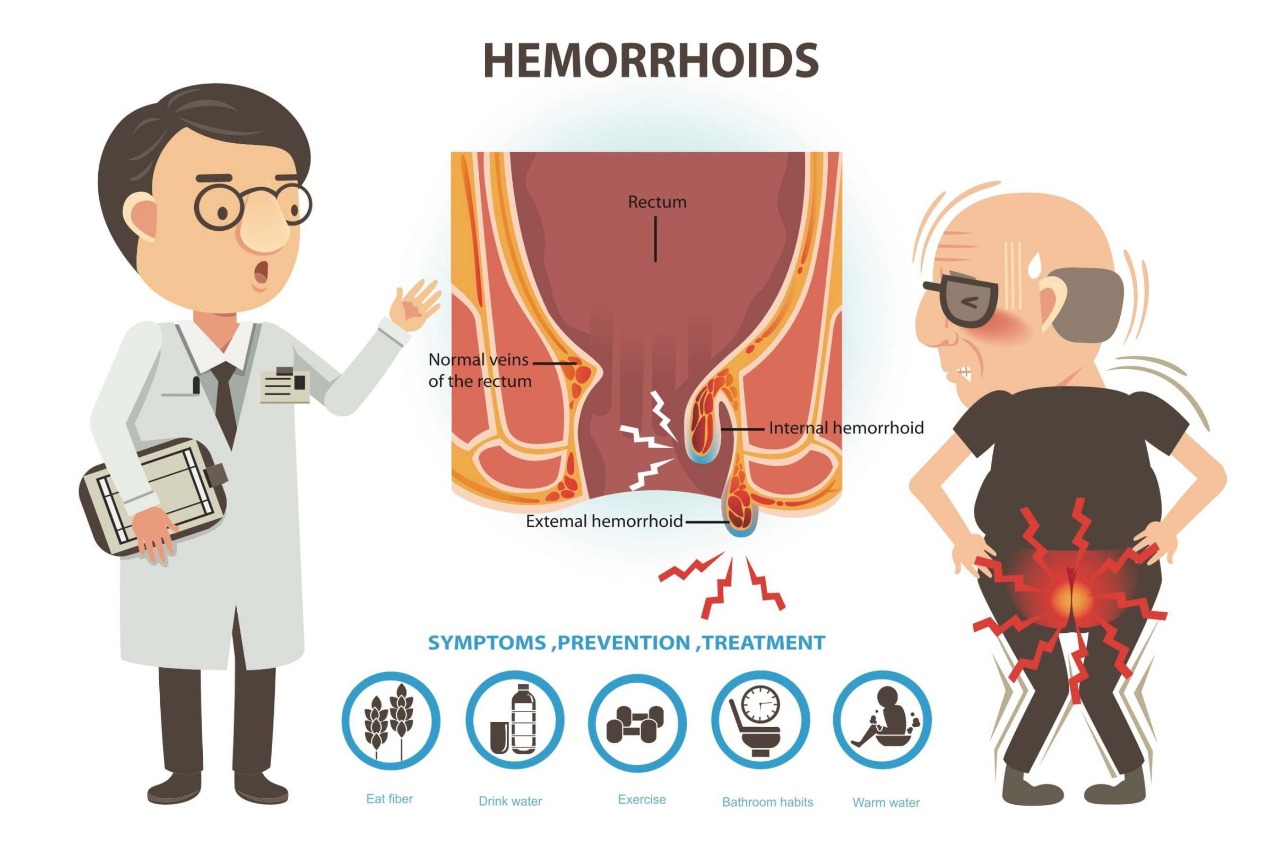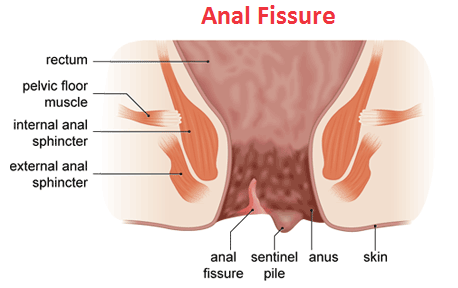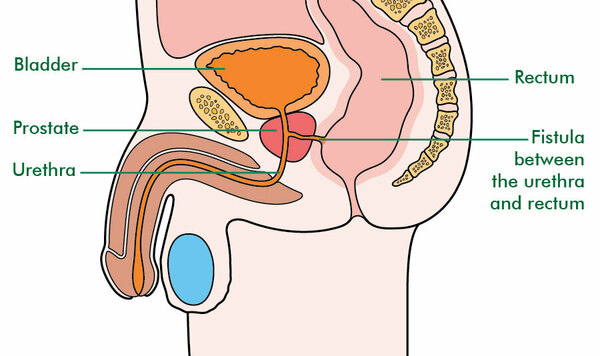Haemorrhoids, also known as piles, are natural cushions of tissue and veins located at the junction of rectum and anus. Along with the sphincter, this normal tissue is responsible for complete closure of the anus and prevents any leakage. During a bowel movement, these cushions become smaller to allow stool to pass through. Everyone has them, and problems only arise when they become larger than they should.
These anal cushions are normally fastened in the sphincter region by muscles and tissue. If too much pressure is exerted on them, the system of securing them may be damaged and the cushions swell, When they protrude outside the anus, they are referred to as prolapsing Hemorrhoids. The enlarged cushions are classified into four grades, depending on their size and severity:
Bleeding : principal and earliest symptoms . At first it is slight ,bright red and occurs during defaecation.
Prolapse : piles comes out during strain.
Discharge : a mucoid discharge is a frequent accompaniment of prolapsed piles and this almost certainly produce itching or pruritus.
Pain : usually not present ,its presence indicates complications.
Anaemia : means deficiency of blood.
There are two types of hemorrhoids, External , Internal, which are differentiated via their position with respect to the dentate line.
External hemorrhoids are those that occur outside the anal verge (the distal end of the anal canal They are sometimes painful, and often accompanied by swelling and irritation. Itching, although often thought to be a symptom of external hemorrhoids, is more commonly due to skin irritation. External hemorrhoids are prone to thrombosis: if the vein ruptures and/or a blood clot develops, the hemorrhoid becomes a thrombosed hemorrhoid
Internal hemorrhoids are those that occur inside the rectum. Specifically, they are varicosities of veins draining the territory of branches of the superior rectal arteries. As this area lacks pain receptors, internal hemorrhoids are usually not painful and most people are not aware that they have them. Internal hemorrhoids, however, may bleed when irritated. Untreated internal hemorrhoids can lead to two severe forms of hemorrhoids: prolapsed and strangulated hemorrhoids. Prolapsed hemorrhoids are internal hemorrhoids that are so distended that they are pushed outside the anus. If the anal sphincter muscle goes into spasm and traps a prolapsed hemorrhoid outside the anal opening, the supply of blood is cut off, and the hemorrhoid becomes a strangulated hemorrhoid.
By history, digital examination, proctoscopy and sigmoidoscopy
No prolapsed,only bleeding
Prolapse, spontaneously Reducible
Prolapse ,manually reducible
Prolapse irreducible
* 1st Option ** 2nd Option *** 3rd Option **** 4th Option ***** 5th Option

Haemorrhoids, also known as piles, are natural cushions of tissue and veins located at the junction of rectum and anus.
Read More
Per rectal examination is painful due to Spasm of internal sphincter, A split or cut on the posterior or anterior midline of the anal verge.
Read More
A fistula in ano is a hollow tract lined with granulation tissue connecting a primary opening inside the anal canal to a secondary opening in the peri anal skin.
Read More